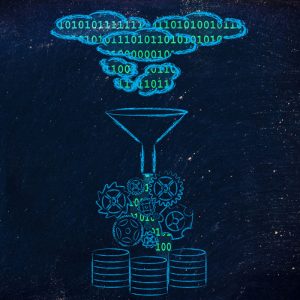
Big Data: What Is It and How Does It Improve the Effectiveness of Advertising and Marketing?
The Purpose of Advertising and Marketing
The purpose of advertising and marketing is to inform, educate, and ultimately persuade consumers to buy a given product or service—but how can advertisers and marketers know how to get their message across and influence people to purchase said products and services?
The answer is by creating a message that resonates with their target audience. This is where it all gets challenging. Defining a target audience is very important to begin with because different types of people will respond to different content. For instance, you will probably need a different strategy when you advertise a skateboard line to teenagers, compared to a product campaign for a dishwasher. Different markets (groups of people defined by age, social status, and other factors) will respond to different things.
What Exactly Is Big Data and What Is Its Role?
Smart marketers utilize information about their target audience(s) to fine tune the message and delivery of their campaigns—more data typically reflects a more effective campaign. This is where “big data” comes into play.
Big data could be described as a large amount of information, which can help advertisers and marketers gain essential insights into their target demographics. Through big data analytics, marketers can find out relevant details, such as shopping patterns, interests, consumer habits and trends, just to mention a few. It’s easy to understand why big data is such a hot commodity these days. The basic idea is that such information can improve the effectiveness of advertising and marketing and contribute to content that is more engaging and efficient.
Information related to big data is often extracted in various ways. For instances, websites, businesses or other organizations could gather information from their consumers and get to know their preferences through credit card data, polls, newsletter subscriptions and many other avenues.
The amount of information is almost constantly growing because there are just many sources pouring it in. Besides those mentioned above, even IoT (internet of things) devices, smartphones, cameras and aerial sensors can provide additional information that is continually added to the data sets.
In a day and age when many transactions are digitalized, and people aren’t too concerned with putting a lot of data out there, big data volumes are massive, so much so that the handling, analysis, sharing and transfer of such information might require specialized platforms and networks.